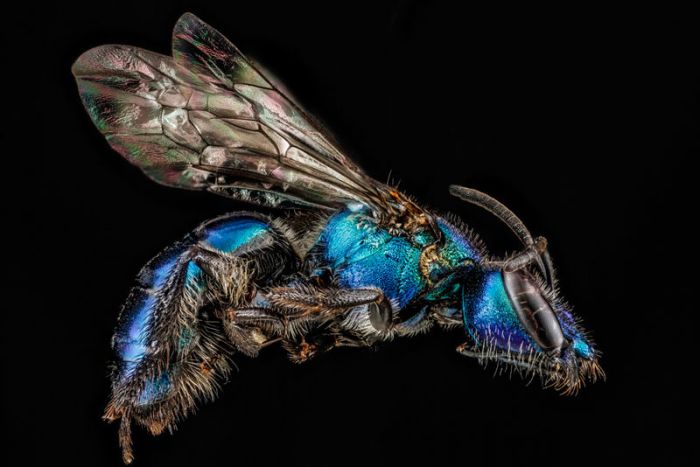|
|
Insect Macro Photography
|
Some insects display a rudimentary sense of numbers, such as the solitary wasps that prey upon a single species. The mother wasp lays her eggs in individual cells and provides each egg with a number of live caterpillars on which the young feed when hatched. Some species of wasp always provide five, others twelve, and others as high as twenty-four caterpillars per cell. The number of caterpillars is different among species, but always the same for each sex of larva. The male solitary wasp in the genus Eumenes is smaller than the female, so the mother of one species supplies him with only five caterpillars; the larger female receives ten caterpillars in her cell.
• Light production and vision
A few insects, such as members of the families Poduridae and Onychiuridae (Collembola), Mycetophilidae (Diptera), and the beetle families Lampyridae, Phengodidae, Elateridae and Staphylinidae are bioluminescent. The most familiar group are the fireflies, beetles of the family Lampyridae. Some species are able to control this light generation to produce flashes. The function varies with some species using them to attract mates, while others use them to lure prey. Cave dwelling larvae of Arachnocampa (Mycetophilidae, Fungus gnats) glow to lure small flying insects into sticky strands of silk. Some fireflies of the genus Photuris mimic the flashing of female Photinus species to attract males of that species, which are then captured and devoured. The colors of emitted light vary from dull blue (Orfelia fultoni, Mycetophilidae) to the familiar greens and the rare reds (Phrixothrix tiemanni, Phengodidae).
Most insects, except some species of cave dwelling crickets, are able to perceive light and dark. Many species have acute vision capable of detecting minute movements. The eyes include simple eyes or ocelli as well as compound eyes of varying sizes. Many species are able to detect light in the infrared, ultraviolet and the visible light wavelengths. Color vision has been demonstrated in many species and phylogenetic analysis suggests that UV-green-blue trichromacy existed from at least the Devonian period between 416 and 359 million years ago.
|
|









